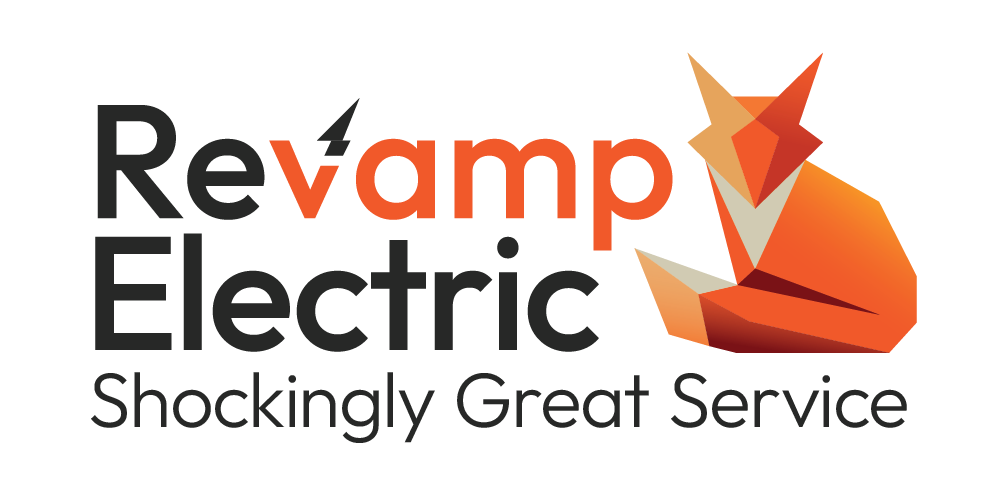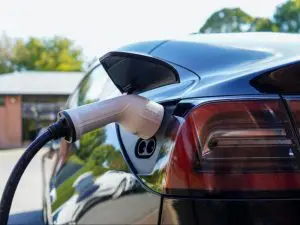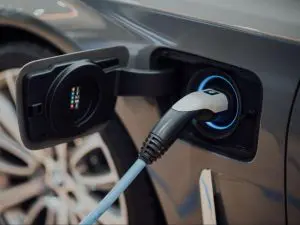As homes become increasingly interconnected with smart devices and technology, protecting these investments is paramount. Smart homes are vulnerable to various risks, and one often underestimated threat is power surges. These sudden increases in voltage can wreak havoc on sensitive electronics, potentially causing irreparable damage.
Understanding Power Surges
Power surges, also known as voltage spikes or transients, are sudden increases in electrical voltage that can last for microseconds to milliseconds. Our friends at SRP, state that power surges can originate from both external and internal sources and have the potential to damage or degrade electronic devices. While lightning strikes are a well-known cause of power surges, they only account for a small percentage of incidents. Other common causes include:
Electrical Grid Fluctuations:
- Variations in the electrical grid, such as sudden increases in demand or fluctuations caused by the operation of high-powered electrical devices, can lead to power surges.
Appliance Usage:
- When large appliances with motors, such as refrigerators, air conditioners, or washing machines, turn on or off, they can create power surges within the home.
Faulty Wiring:
- Outdated or faulty wiring in a home can contribute to power surges. Poorly installed electrical systems or damaged wiring increase the risk of voltage irregularities.
Lightning Strikes:
- While less common, lightning strikes can cause extremely powerful power surges. Even if the strike is not directly on your home, it can still affect the electrical infrastructure.
Downed Power Lines:
- External factors like fallen trees or accidents that result in downed power lines can cause power surges.
The Impact of Power Surges on Smart Home Devices
Smart home devices, ranging from thermostats and security cameras to smart refrigerators and entertainment systems, often contain delicate electronic components. These components are sensitive to fluctuations in voltage, making them susceptible to damage from power surges. The consequences of power surges on smart home devices include:
Device Malfunction:
- Power surges can cause immediate malfunctions in smart devices, rendering them inoperable.
Reduced Lifespan:
- Even if a power surge doesn’t immediately destroy a device, it can still weaken internal components over time, leading to a shortened lifespan.
Data Loss:
- Smart home devices that store data, such as security cameras or smart home hubs, may experience data loss or corruption during a power surge.
Diminished Performance:
- Power surges can degrade the performance of smart devices, leading to slower response times and reduced functionality.
Fire Hazard:
- In extreme cases, power surges can generate heat significant enough to pose a fire hazard, especially if the surge protection measures are insufficient.
Surge Protection Strategies for Smart Homes
Whole-House Surge Protectors:
- Installing a whole-house surge protector at the main electrical panel is a proactive strategy to safeguard your entire home. These devices are designed to divert excess voltage away from the electrical system, providing a first line of defense against power surges. While they won’t protect against direct lightning strikes, they are effective for most other surge sources.
Smart Power Strips:
- Smart power strips are equipped with surge protection capabilities and can be a cost-effective solution for protecting multiple devices in one location. They typically include both traditional and USB outlets, making them suitable for smart home hubs, routers, and other electronics.
Individual Device Surge Protectors:
- For particularly sensitive or valuable devices, consider using individual surge protectors. These compact devices plug directly into outlets and provide protection specifically for the connected device.
Uninterruptible Power Supplies (UPS):
- UPS units not only offer surge protection but also provide a temporary power source during outages. This is especially beneficial for critical smart home devices like security systems or smart home hubs that require constant operation.
Proper Grounding:
- Ensuring that your home’s electrical system is properly grounded is a fundamental step in surge protection. Proper grounding helps redirect excess electrical energy safely into the ground, reducing the risk of damage to your devices.
Regular Inspections and Maintenance:
- Periodic inspections of your home’s electrical system can identify potential issues before they escalate. Ensure that wiring is up to code, and replace any damaged or frayed wires promptly. Regular maintenance can mitigate the risk of power surges caused by faulty infrastructure.
Lightning Protection Systems:
- Homes in areas prone to lightning strikes may benefit from a lightning protection system. These systems include lightning rods and conductive pathways that direct lightning strikes safely to the ground, minimizing the risk of surges entering the home.
Educate Household Members:
- Simple habits, such as turning off electronic devices during storms or when not in use, can reduce the risk of power surges. Educate household members about the importance of surge protection and the potential consequences of neglecting it.
Choosing the Right Surge Protection for Your Smart Home
Assess Your Home’s Risk Factors:
- Consider the specific risk factors that may impact your home, such as the prevalence of lightning storms in your region, the age of your home’s wiring, and the presence of large appliances.
Prioritize Critical Devices:
- Identify the smart home devices that are critical to your daily operations or contain valuable data. These may include security systems, smart hubs, and devices with sensitive electronics.
Evaluate Budget and Cost Considerations:
- Determine your budget for surge protection measures. While whole-house surge protectors and UPS units may have higher upfront costs, they provide comprehensive protection for all connected devices.
Consider Smart Home Integration:
- Some surge protection devices come with smart home integration features, allowing you to monitor and control them remotely. If integration with your smart home ecosystem is a priority, explore options that offer compatibility with platforms like Amazon Alexa or Google Assistant.
Consult with Professionals:If you’re unsure about the best surge protection strategy for your smart home, consult with electrical professionals. They can assess your home’s unique needs and recommend tailored solutions.



